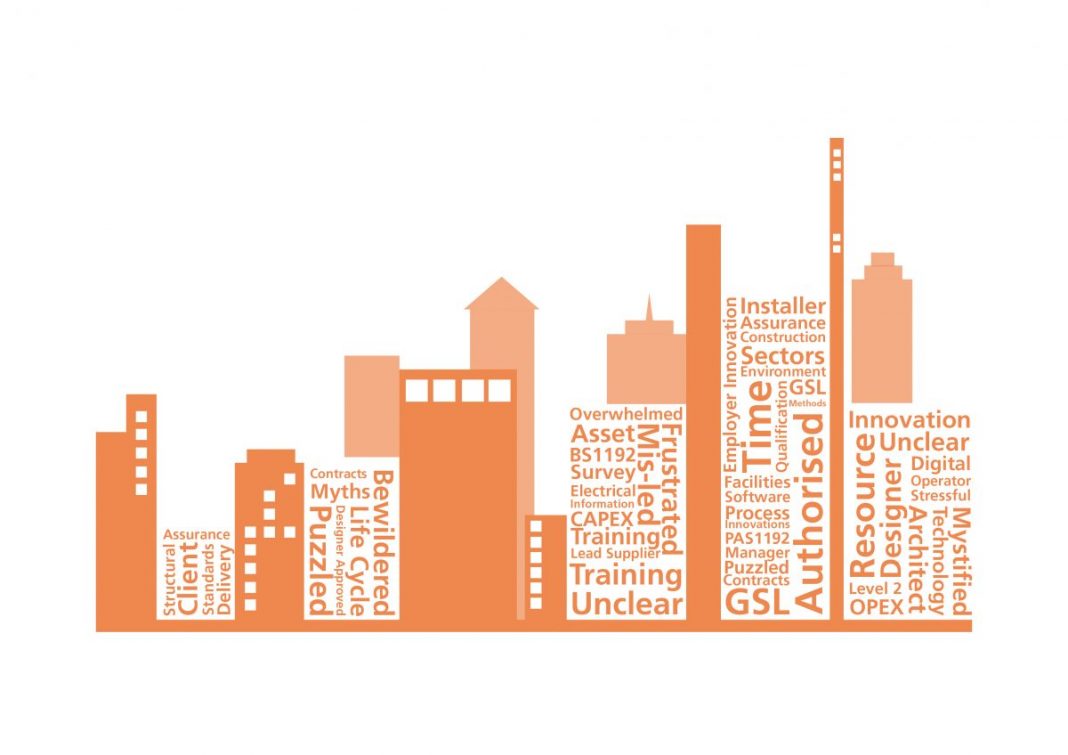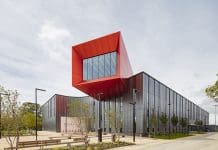With its host of new terms and technical phrases, BIM can seem daunting. Niraj Mistry, senior BIM assessor at Stroma Certification, argues that BIM collaboration is the key to cutting through confusion and reaping the benefits
BIM is hardly a simple concept. It is, at its most superficial level, an acronym that doesn’t inspire immediate recognition or relevance to the majority of the construction industry. Recent studies have pointed to the lack of adoption of BIM within the industry, giving a variety of reasons as to why. The fear would be that there is a disconnect between BIM as a mechanism and the industry it is supposed to benefit, resulting in a devaluation of BIM before it really gets started.
Of course, BIM is merely the tip of the iceberg when it comes to the taxonomy and lexicography behind Building Information Modelling. The proliferation of acronyms and technical phrasing is seemingly endless: Task Team, AIM, Cobie, PIM, TIM, PAS 1192-2, PAS 1192-3, PAS 1192-4, PAS 91, CAPEX, OPEX, MIDP, EIR, BEP, GSL, Asset, Client, COBie, Classification – the list goes on. It’s great if you understand BIM as a concept and know how to apply it effectively within construction. However, the evidence suggests otherwise and our own research has found a pervading confusion throughout the supply chain. The common question is ‘What does BIM mean to me?’
In reality, BIM isn’t intended to confuse and nor should it. Perhaps the real issue is the delivery of poor advice, misconception or misinterpretation of the requirements and standards. There’s no escaping the fact that there’s a lot of new terminology for the industry to learn, but the great tragedy would be in believing there is too much to learn and in doing so never pursuing BIM.
BIM collaboration is key and only through this collaboration can the entire construction industry reap the benefits. There is no real great change to the day-to-day functions of disciplines in the supply chain. Instead, it should be perceived as an added layer of protocol to facilitate the foundations of collaboration and transparency.
BIM is about promoting and facilitating better collaboration across the industry. Why collaboration? Because it will help the supply chain to understand and work towards a common goal, as is inherent within its definition.
Client
BIM is intended to ensure that the client gets what they want and facilitate their decision making, if done correctly. By allowing access to project data (including a visual representation of the asset model) during the pre-construction phase, the client will be able to see their product and visualise the end game of their investment. From the very initiation of the project, you an outline clear goals and expectations for your project managers, which can then be fed down the rest of the supply chain. It is crucial to note that greater visualisation of the product, along with the longer-term promise of a data-rich output, should hold real value to the client.
Once the assets are there, they are then used and owed by the client. BIM can significantly help an organisation to achieve its ongoing organisational and business objectives if it has been applied correctly.
Design team & lead contractor
Using the BIM model (3D model and data), the design team is able to communicate with the lead contractor more effectively. Systematic plans can be made for the transition from design to construction activity in order to maximise cost and time efficiency, as well as minimising environmental impact.
There should be a consistency of project intent in order to meet the brief. Correct detailing of design, and problem-solving activity, in pre-construction should lead to lower cost due to redesign or change during the construction phase.
Supply chain
With a clear brief, the contractor is able to more effectively train and educate subcontractors and the rest of the supply chain. It can be built into inductions, setting rules, protocol and methods to be followed throughout the project. Supply chain engagement is critical. The 3D environment should be used as the ‘sandbox’ to see if things work.
Overall, collaboration in construction allows foresight into potential issues facing the project, meaning downtime can be avoided, health & safety can be provisioned and critical skills can be identified to ensure the project delivers to specification and budget.
The reluctance to accept BIM is understandable, fear of the unknown always is, it’s a common human reaction to change. Realistically, though, the change facing the construction industry isn’t seismic. BIM asks the supply chain to do the same thing but in a more structured manner, so that each role contributing to the project lifecycle understands the expectations and goals.
BIM is a process of unity, not division, and by focusing more on mapping BIM against the jobs we do now rather than being bamboozled by terminology, the challenge should prove itself to be infinitely more surmountable. As long as we face it together. Collaboration not isolation: It’s not him, not her, or them – it’s US.
CPD: A more helpful acronym
Stroma Certification’s expert BIM assessors are providing three-hour BIM CPD sessions to the construction industry to help demystify Building Information Modelling and what it means for your business. Events are taking place nationwide and places can be reserved for only £95+VAT.
To register your interest in attending an event and for more information on dates/locations please email bim@stroma.com.
Niraj Mistry
Senior BIM Assessor
Stroma Certification
Tel: +44 (0)845 621 11 11
Twitter: @StromaGroup

















